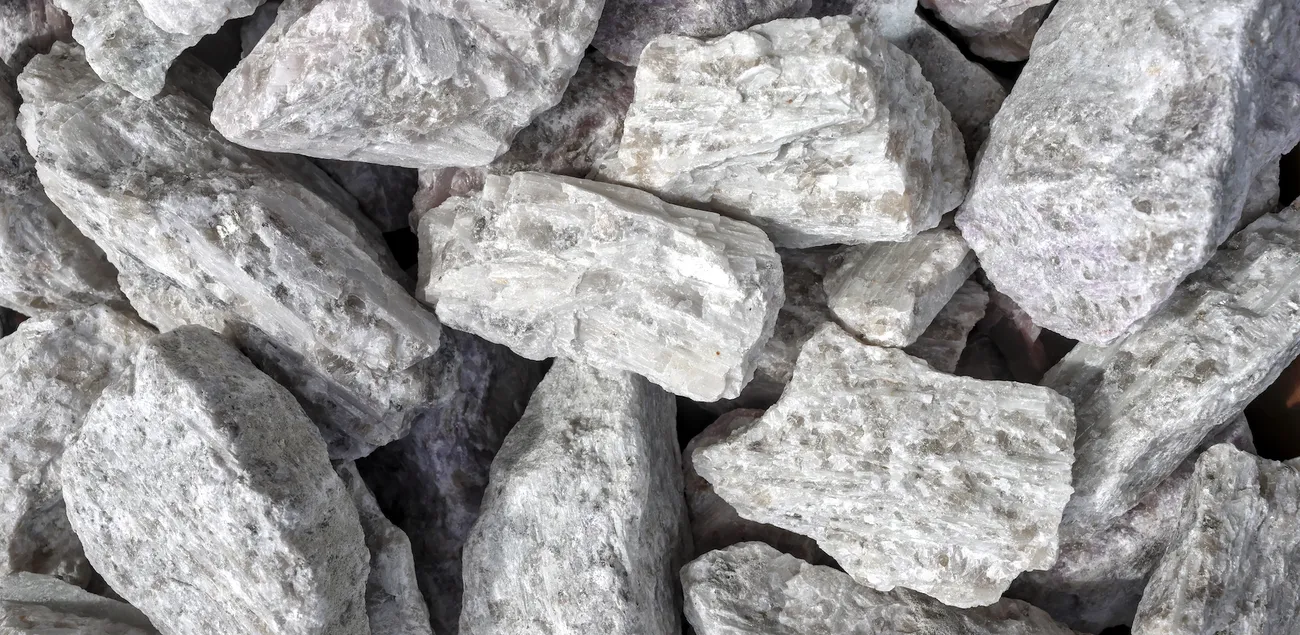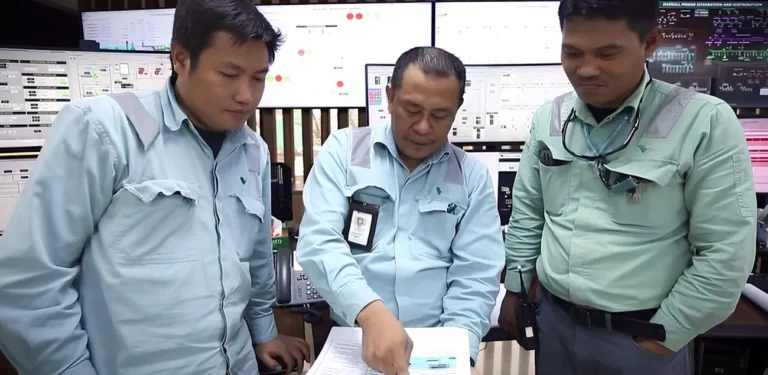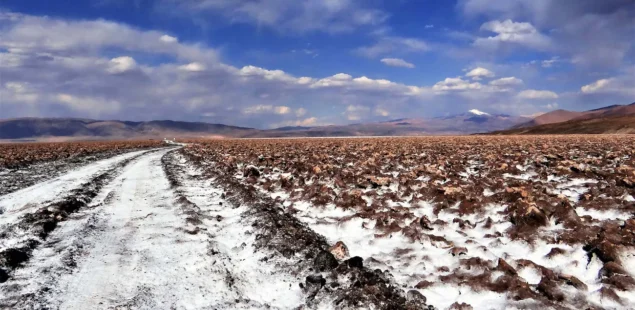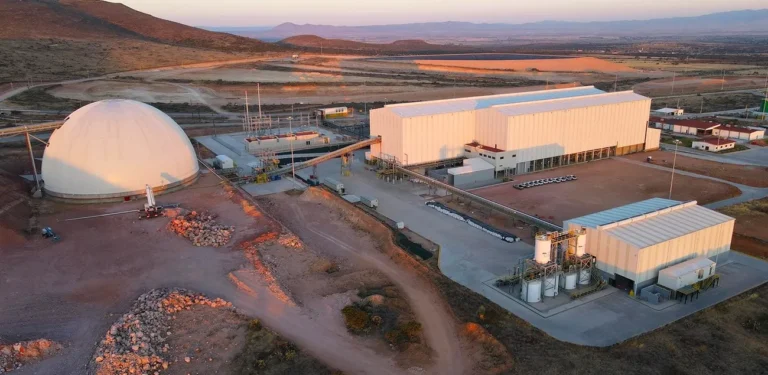
Zimbabwe’s Minerals Marketing Corporation, the state minerals marketer, and Zhejiang Huayou Cobalt, the Chinese battery-materials group that leads hard-rock lithium mining in the country, have reported a 30 per cent year-on-year rise in exports of spodumene concentrate to 586,197 t in the first half of 2025, even as global lithium prices languish near three-year lows. Chinese groups, which have invested more than $1.4 bn since 2021, continue to ship bulk concentrate to their home refineries while planning local chemical conversion capacity ahead of a 2027 export ban.
Export Surge Outpaces Price Collapse
The volume increase contrasts with a nearly 90 per cent slide in benchmark lithium carbonate prices since late 2022 and a drop in cif-China spodumene to about $750 t for 6 % Li₂O, down from more than $4,000 t at the peak. State marketing agency MMCZ said miners “leveraged long-term offtake agreements” to keep product moving despite margin pressure. Zimbabwe’s two largest producers—Huayou’s Arcadia mine and Sinomine’s Bikita operation—accounted for roughly 80 per cent of first-half shipments.
Chinese Miners Extend Footprint
Huayou exported 400,000 t of concentrate last year and is now building a 50,000 t yr lithium-sulphate plant near Arcadia to capture more value in-country. Sinomine plans a $500 m sulphate facility at Bikita, while Chengxin Lithium, Yahua Group and Tsingshan are expanding mine capacity after collectively spending $1.4 bn on acquisitions and greenfield builds since 2021. Concentrate is railed to Beira and Durban for export to China, where it feeds converters in Zhejiang and Sichuan.
Local Processing Drive Ahead of 2027 Ban
Harare banned raw ore exports in 2022 and will extend the prohibition to all concentrates from January 2027. Industry executives say the new chemical plants should be operational by 2026, giving miners a domestic offtake outlet and preserving foreign-exchange earnings. Government incentives include five-year corporate-tax holidays and duty-free imports of processing equipment, but power reliability and reagent supply remain obstacles.
Market Outlook and Pricing
MMCZ described a “market contradiction” in which volumes rose even as prices fell, but said it expects a medium-term recovery once surplus inventories clear. Analysts forecast global spodumene supply to expand 23 per cent this year, with African growth outpacing Australia. Spot cargoes into China traded at $730-780 t in mid-July, while battery-grade carbonate futures in Guangzhou rebounded above ¥69,000 t ($9,750 t) after production cuts by Qinghai brine operators.
Lithium in the Global Economy
Lithium underpins rechargeable batteries for electric vehicles, grid storage and consumer electronics. World demand reached 1.3 million tonnes LCE in 2024 and is forecast to double by 2028, but prices have been volatile, swinging from $85,000 t (hydroxide, November 2022) to below $9,000 t this spring before stabilising. Spodumene concentrate is the main feed for lithium chemicals outside South America, linking African supply directly to China’s cathode industry.
Company Background and Market Context
Zhejiang Huayou Cobalt shifted from cobalt to lithium in 2020 and produced 240,000 t of spodumene concentrate in Zimbabwe last year. Sinomine supplies custom lithium and caesium chemicals to Chinese cathode makers and owns Africa’s longest-running hard-rock lithium mine. MMCZ, established in 1982, markets all Zimbabwean minerals except gold and silver; it reported $5.6 bn in total mineral exports in 2024, 12 per cent of GDP, with lithium the fastest-growing segment.



